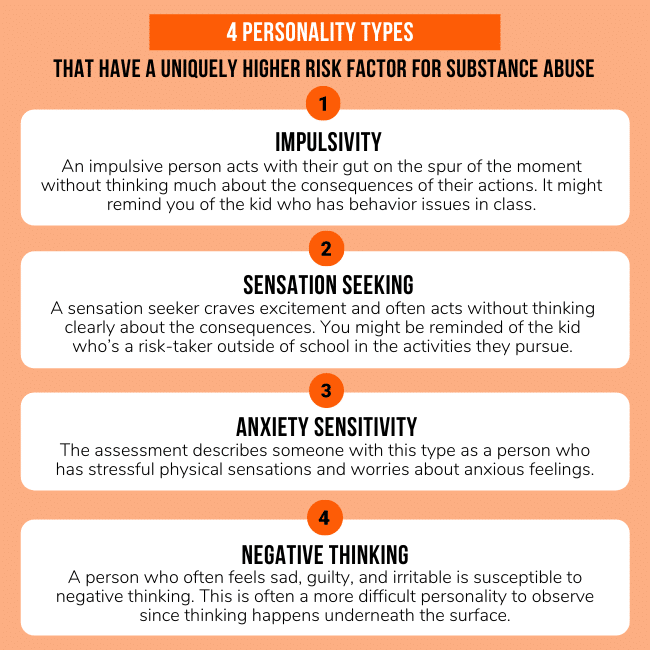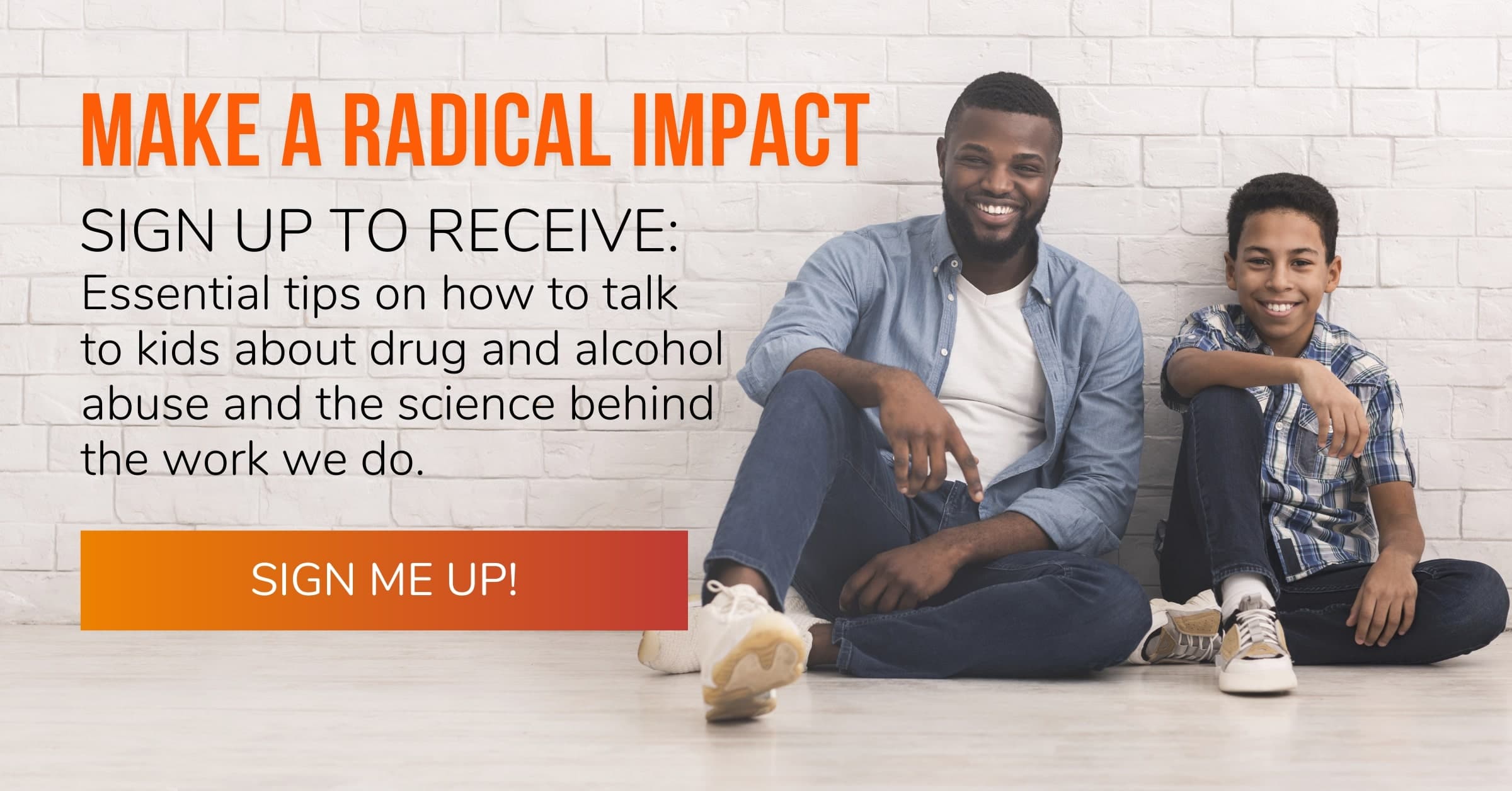Why negative thinking is more than just a downer
This article is the final article in a 5-part series on the 4 Personality Risk Factors.
Negative thinking happens to everyone — regardless of personality or disposition.
We live in a critical society where even the slightest awkward social interaction can cause us to feel bad about ourselves. Whether it’s in a work meeting, a conversation with an acquaintance, or over the dinner table, reflecting on how we might’ve been misunderstood, overreacted, or said the wrong thing at the wrong time is a familiar experience.
Kids especially are prone to negative thinking.
As they enter adolescence, they become hypersensitive to acceptance, rejection, and criticism. It’s easy for them to beat themselves up for saying the wrong thing, wearing the wrong thing, or laughing at the wrong thing.
But, for some kids, negative thinking isn’t something that happens occasionally, it transitions into something psychologists have classified as Repetitive Negative Thinking (RNT).
It’s when negative thoughts turn into a pattern, and you ruminate constantly over your interactions with others. As researchers have discovered, kids who struggle with RNT are more prone to turn to unhealthy or harmful ways to find relief.
In fact, 20 out of 27 official studies showed a link between RNT and problematic drinking.
Recent research sheds light on what makes one person more vulnerable to substance use issues than others, and it has to do with their personality. The research demonstrated that personality factors can be highly predictive of who develops problems with alcohol and substance misuse.
There are four personality types in particular that seem to have a higher correlation with struggles.

So what can adults who care about kids do to help them through negative thinking so they avoid making harmful choices that ruin their lives?
It starts with being intentional to have conversations with them about their mental activity.
- The best thing we can do is to provide them a frequent, safe space to process their thoughts and feelings. We can guide them through frequent self-examination through facilitated reflection, both in writing and in conversation with peers and adults.
- People who learn to examine their thinking patterns find they are more aware of negative thoughts in real-time, and can adjust how they respond to them. They can talk themselves through the choices they have in front of them.
- Guided reflection can help them process memories or past events or experiences that continue to influence their perspective. They can recall those events, express the thoughts and feelings now that they wish they had the capacity or safety to and find relief and release in the negative thoughts.
When someone doesn’t become more self-aware, they will often make unconscious decisions to find relief from discomfort. So, they need to know there are other, healthier alternatives.
There are effective solutions to negative thinking that takes them down a path of real freedom, rather than numbing and avoidance.
Self-awareness doesn’t happen in a vacuum. It requires intentional, deliberate effort and intervention. Just imagine if every kid had the opportunity to grow in that skill.
To start from the beginning of our 5-part series on the 4 Personality Risk Factors, read our article here. Discover how to support kids with one (or more) of these risk factors in our 5-part series. We go over each personality type and how to guide kids well to make the healthiest, wisest choices in spite of their unique challenges.
The 4 Personality Risk Factors Table of Contents:
- Introduction
- Impulsivity
- Sensation Seeking
- Anxiety Sensitivity
- Negative Thinking
If you’d like to start receiving more substance abuse prevention resources like our 5-part series, sign up for our Natural High Essentials.




